The most recent example of a completely novel Jurassic great lizard has been unearthed. It was discovered by scientists working at the University of the Witwatersrand in South Africa’s Free State Province.
This species has been given the official Linnean designation of Ledumahadi mafube. Like the better-known brontosaur and allosaur, L. mafube is a sauropod. It is believed that this sub-type of dinosaur walked on all fours and ate plants.
The paleontologists behind this discovery are very excited about the implications for sauropod evolution and life that this finding may indicate.
Thunder at Dawn
The remains of Ledumahadi mafube were found in the uplands of Free State Province. It was named in the Sesotho language, which is an officially-recognized South African language associated with the region. The name, which means "giant thunderclap at dawn," may indicate the magnitude and dimensions of the bones found.
The dinosaur remains were found by a team of international paleontologists led by Jonah Choiniere, a professor at Witwatersrand. Recreations based on this discovery suggest that the specimen of L. mafube, as discovered, came up to about 13 feet at the hip and weighed about 12 tonnes. This makes the animal approximately equivalent to two well-sized African elephants.
The New Sauropod
The remains also definitively indicate that L. mafube was a plant-eating dinosaur that walked on all four feet. This puts it in the sauropod category of dinosaurs, along with those of the Allosaurus and Brontosaurus species.
However, L. mafube reportedly distinguishes itself from these other sauropods in some respects. For example, Professor Choiniere noted that, although the new dinosaur’s legs seem to be about as long as those of other similar great lizards, they are much thicker. This could suggest an evolutionary trend towards huge proportions in the novel species. On the other hand, some brontosaur remains have been observed to outweigh the new ones, considerably (they may have been as much as 60 tons in weight).
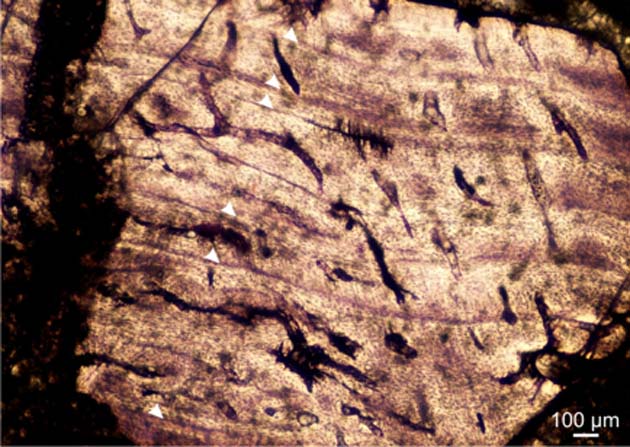
The sectioned bone of the fossi, showing the narrow growth rings (arrows) indicating adulthood. (Source: Wits University)
The L. mafube remains also contain evidence of its being very early along the evolutionary chain that led to sauropod characteristics and feeding preferences. Professor Choiniere also hypothesizes that the relative “gigantism” seen in the findings suggests that the appearance of this trait may have been more variable among sauropods than previously thought. L. mafube may also provide new insights on the exact point at which sauropods transitioned from walking on two legs to walking on four.
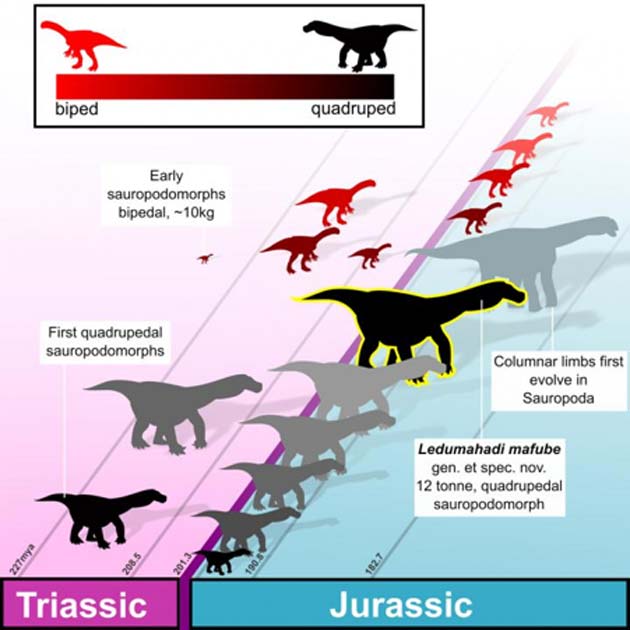
This infographic shows L. mafube’s place in the sauropod evolutionary scheme. (Source: Wits University)
L. mafube and Pangaea
In addition, L. mafube has been reported as closely related to other sauropod species discovered at dig sites in South America. This supports the Pangaea theory of geo-paleontology, which states that the landmasses of Earth were once found as a singular supercontinent called Pangaea. This concept explains why species in the ‘New World’ are often genetically similar to those found in places such as Europe or Africa.
Now, the samples from L. mafube’s remains were also taken for bone-level analysis. The result indicated that this particular dinosaur lived to adulthood. This conclusion was made based on the size of the creature's bones, and that the growth rings within them that had stalled in production prior to its death. The rings could also suggest that the huge reptile had taken a relatively short span of time to mature to this point.
L. mafube and Ancient Africa
The discovery of L. mafube highlights the substantial change in the South African landscape over the eons. During its life (about 200 million years ago), the dinosaur would have been surrounded by flatland in which the streams often ran dry. Today, however, most of Free State Province is marked by picturesque mountain ranges. There are now few spots in the country that look as it would have in the Jurassic period.
These findings are to be published in a new issue of the journal, Cell Biology. It is a demonstrably important article in the area of ancient biology and dinosaur science.
Furthermore, Mmamoloko Kubayi-Ngubane, South Africa's Minister of Science and Technology, hails the project as an example of the achievement in the nation’s paleontological endeavors. Professor Choiniere hopes that this new discovery will fuel potential for yet more both in South Africa and elsewhere on Earth.
Top Image: An impression of L. mafube, created by a postgraduate student involved in the Witwatersrand project. (Source: Viktor Radermacher)


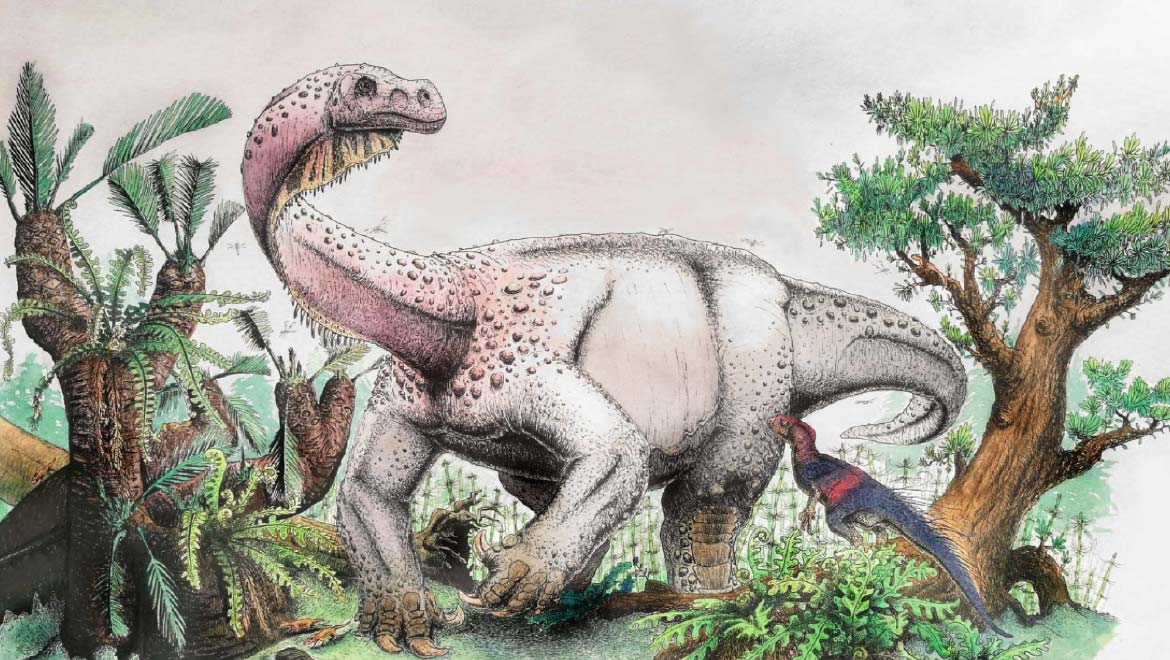

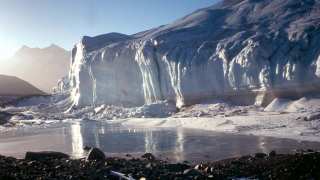

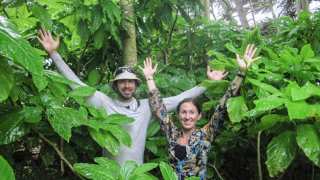
Noel (not verified) –
Why does the artists depiction have a small bipedal feathered animal with its head buried up the ass of Ledumahadi mafube?
Harry (not verified) –
I believe that Allosaurus was a theropod (bipedal carnivore), not a sauropod.